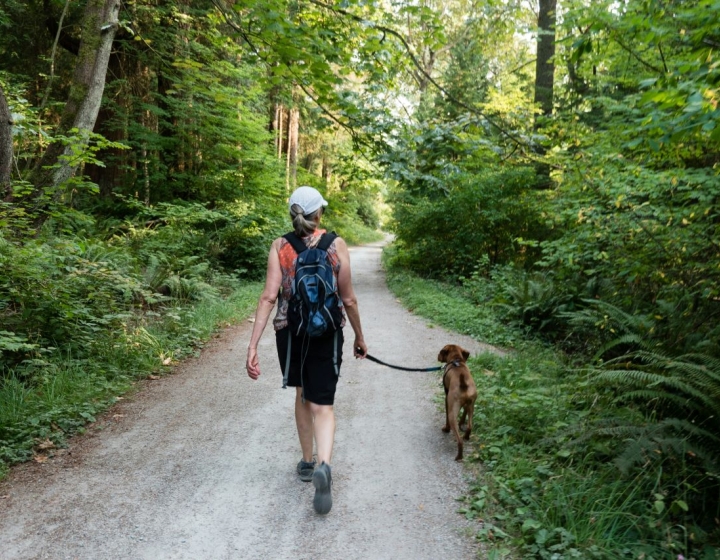Cornell researchers create framework predicting the risks pathogens pose to endangered species
Four years ago, 200,000 endangered saiga antelope dropped dead on the remote steppe grassland of Central Asia in the species’ worst recorded mass mortality event. Dr. Wendy Beauvais, postdoctoral researcher in the College of Veterinary Medicine, was a part of the team that pinpointed the cause of death — a deadly bacterium in the herd’s bloodstream triggered by environmental factors — and has used the saiga as a case study to develop a framework to rapidly assess and prioritize future risks of pathogens to wildlife.

“In general, events like this are likely to be rare and limited to small geographical areas, but their impact could be devastating to endangered species like the saiga,” said Beauvais.
The new framework builds on one developed by the World Organisation for Animal Health (OIE), which assesses the risk of livestock pathogens jumping to wildlife, specifically endangered species. They examine inherent randomness, natural variation and general lack of knowledge about such cases. Beauvais’ paper in Royal Society Open Science, “Rapidly assessing the risks of infectious diseases to wildlife species,” adds key components to this framework: the seasonal movement of animals and their interaction with others as they traverse the globe.
“The saiga have this extreme life cycle where they migrate for long distances,” said Beauvais. “They’re also in a remote area, so understanding what kind of contact they have with other animals and how infectious diseases might spread is quite challenging.”
Interactions between the saiga and other animals — like livestock and free-ranging horses — are quite rare, which makes their occurrence more important because if they were to acquire an infectious disease, they might not have any immunity to it. “This makes them particularly vulnerable,” said Beauvais.
The OIE’s original framework is frequently used to examine the risk of importing/exporting animals for trade. After accounting for seasonal movement and cross-species interaction, Beauvais and her colleagues found that brucellosis and foot and mouth disease are two diseases most likely to be transmitted between livestock and wildlife.

Owners, local agencies and conservationists can use the new framework to monitor both livestock and wildlife like the saiga to predict the spread of infectious disease. Beauvais anticipates that the results of the study will be particularly useful for conservation groups as well as local stakeholders.
“My hope is that they’ll be a bit more targeted in terms of the questions they ask and the diseases they need to be aware of in livestock,” said Beauvais. The framework may also be used with other species like caribou and bison, which are similar migratory species in remote areas.
Just as the mass mortality event that killed 200,000 saiga in 2015 was caused by environmental factors, Beauvais notes that not all outbreaks in wildlife are necessarily coming from infectious diseases transmitted by livestock, but that it is a risk. In addition to noting brucellosis and foot and mouth disease as posing the highest risk in these instances, she and her collaborators have also released a longer list of moderate-risk diseases with the paper.
“Infectious disease is really a livestock issue,” said Beauvais. “It’s about controlling and reporting diseases in livestock, and sharing information so that owners and government entities can tackle the problems together.”
By Melanie Greaver Cordova





